Navigating National Holidays In 2025: A Guide For RTA Professionals
Navigating National Holidays in 2025: A Guide for RTA Professionals
Related Articles: Navigating National Holidays in 2025: A Guide for RTA Professionals
Introduction
With great pleasure, we will explore the intriguing topic related to Navigating National Holidays in 2025: A Guide for RTA Professionals. Let’s weave interesting information and offer fresh perspectives to the readers.
Table of Content
Navigating National Holidays in 2025: A Guide for RTA Professionals
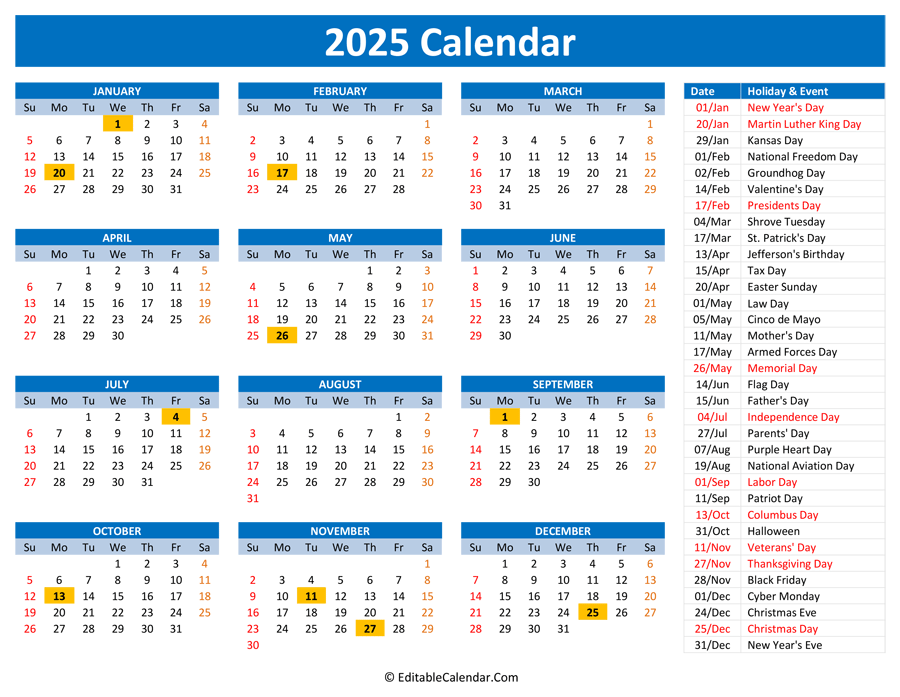
National holidays present a unique set of challenges and opportunities for Road Transport Authorities (RTAs). While they offer a chance for respite and celebration, they also require careful planning and coordination to ensure smooth operations and passenger safety. This article provides a comprehensive overview of the key considerations for RTAs during national holidays in 2025, highlighting the importance of proactive measures and strategic planning.
Understanding the Impact of National Holidays on RTA Operations:
National holidays are characterized by:
- Increased Traffic Volume: Significant surges in travel demand are expected, particularly for long-distance journeys and tourist destinations.
- Shifting Travel Patterns: Peak travel hours may deviate from the usual, with increased traffic during non-peak periods and potential congestion on specific routes.
- Potential for Accidents: Increased traffic density and driver fatigue can lead to a higher risk of accidents, necessitating heightened vigilance and response mechanisms.
- Staffing Challenges: Maintaining adequate staffing levels during holidays can be challenging due to employee leave requests and potential disruptions.
Proactive Measures for RTA Preparedness:
To effectively manage the challenges posed by national holidays, RTAs should implement a comprehensive strategy that encompasses:
-
Traffic Management and Congestion Mitigation:
- Traffic Forecasting and Analysis: Utilize historical data and real-time traffic monitoring systems to predict traffic volumes and hotspots.
- Traffic Diversion and Routing: Implement strategies to divert traffic away from congested areas and optimize routes.
- Public Transportation Enhancement: Increase frequency and capacity of public transportation services to accommodate increased demand.
- Road Infrastructure Improvements: Address known bottleneck areas and implement temporary traffic management measures.
-
Safety and Emergency Response:
- Enhanced Roadside Assistance: Increase availability of tow trucks and emergency response teams.
- Public Awareness Campaigns: Promote safe driving practices and educate the public on potential hazards.
- Coordination with Emergency Services: Establish clear communication protocols and ensure seamless collaboration with police, fire, and ambulance services.
-
Staffing and Operations:
- Staffing Contingency Plans: Develop plans to address potential staffing shortages and ensure sufficient personnel are available.
- Communication and Coordination: Ensure clear and timely communication channels between staff and stakeholders.
- Operational Adjustments: Adjust service schedules and routes to cater to peak travel periods and anticipated traffic patterns.
-
Public Engagement and Communication:
- Public Information Campaigns: Disseminate information on traffic conditions, travel advisories, and safety measures through various channels.
- Social Media Engagement: Utilize social media platforms to provide real-time updates and engage with the public.
- Collaboration with Travel Industry: Partner with travel agencies and tourism boards to share information and coordinate efforts.
Benefits of Proactive Planning:
Effective planning and implementation of these strategies yield significant benefits:
- Enhanced Road Safety: Reduced accident rates and improved driver safety through proactive measures.
- Improved Traffic Flow: Minimized congestion and smoother traffic movement, enhancing travel experience.
- Enhanced Public Satisfaction: Improved communication and service quality contribute to a positive public perception of RTA services.
- Reduced Operational Costs: Proactive measures can help mitigate potential costs associated with accidents, delays, and emergency response.
FAQs on National Holidays and RTA Operations:
Q: How can RTAs predict traffic volume during national holidays?
A: RTAs can utilize historical data from previous holiday periods, analyze travel booking trends, and leverage real-time traffic monitoring systems to forecast traffic volumes.
Q: What are some effective strategies for mitigating traffic congestion during peak travel hours?
A: Strategies include implementing traffic diversion routes, increasing public transportation capacity, and encouraging staggered travel times through public awareness campaigns.
Q: How can RTAs ensure adequate staffing levels during national holidays?
A: RTAs can develop staffing contingency plans, incentivize employees to work during holiday periods, and explore temporary staffing solutions.
Q: How can RTAs effectively communicate with the public during national holidays?
A: RTAs can utilize various communication channels including websites, social media platforms, mobile apps, and traditional media outlets to disseminate information about traffic conditions, travel advisories, and safety measures.
Tips for RTA Professionals During National Holidays:
- Monitor Traffic Data: Continuously monitor traffic data from various sources to identify congestion hotspots and adjust operations accordingly.
- Engage with Stakeholders: Collaborate with local authorities, emergency services, and transportation providers to ensure coordinated efforts.
- Prioritize Safety: Emphasize driver safety through public awareness campaigns and enforcement of traffic regulations.
- Flexibility and Adaptability: Be prepared to adjust plans and strategies based on real-time conditions and unexpected events.
- Post-Holiday Evaluation: Conduct post-holiday evaluations to identify areas for improvement and refine strategies for future holiday periods.
Conclusion:
National holidays present a unique set of challenges and opportunities for RTAs. By implementing proactive measures, engaging in strategic planning, and prioritizing safety and public satisfaction, RTAs can effectively manage the increased traffic volume and ensure smooth operations during these festive periods. This approach not only contributes to a positive travel experience for the public but also enhances the overall efficiency and effectiveness of RTA services.
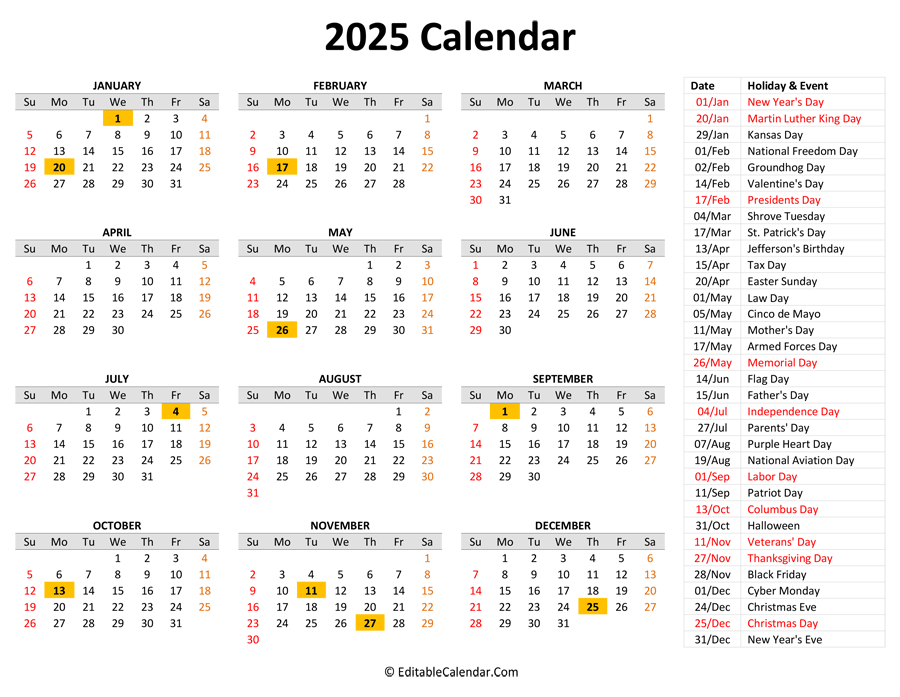
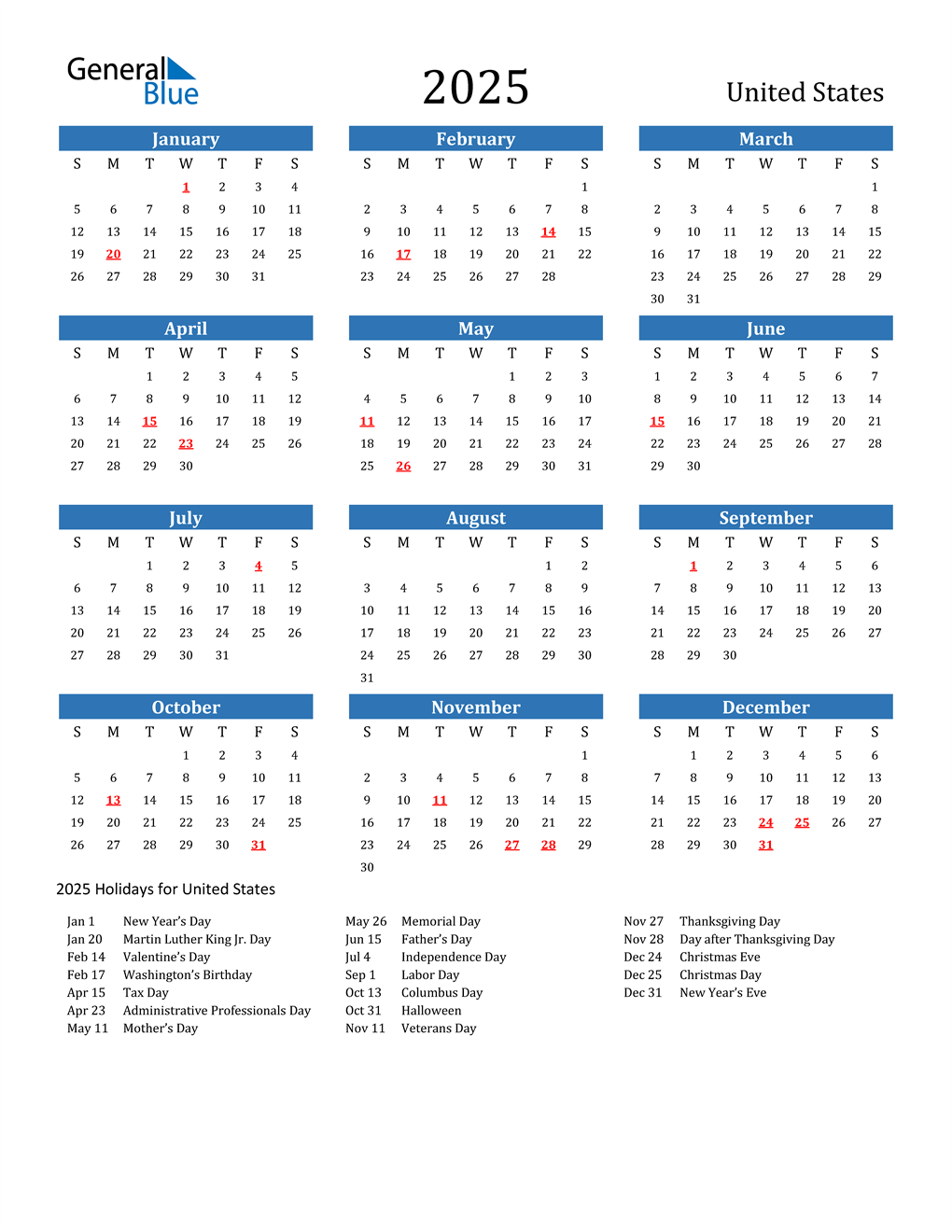
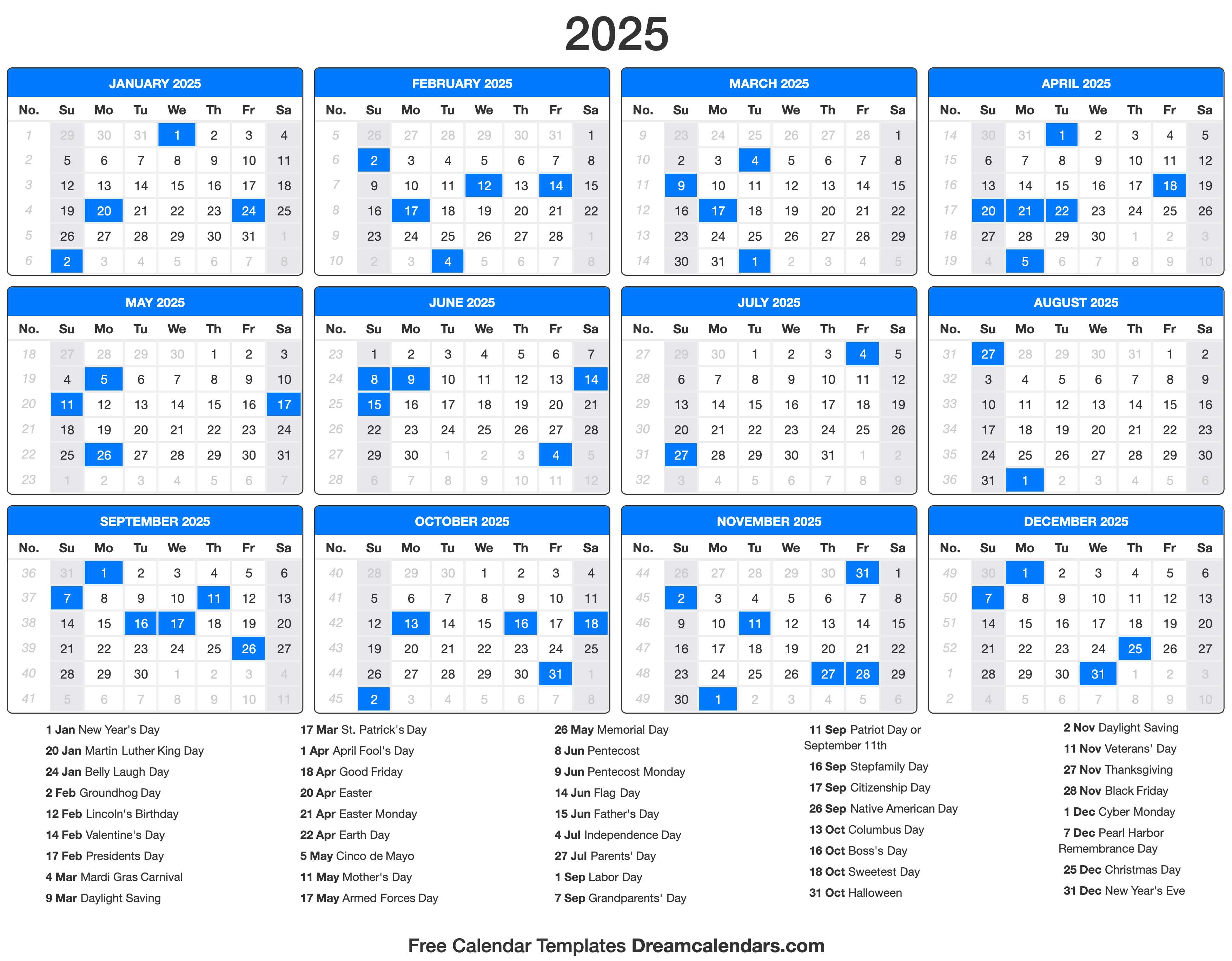
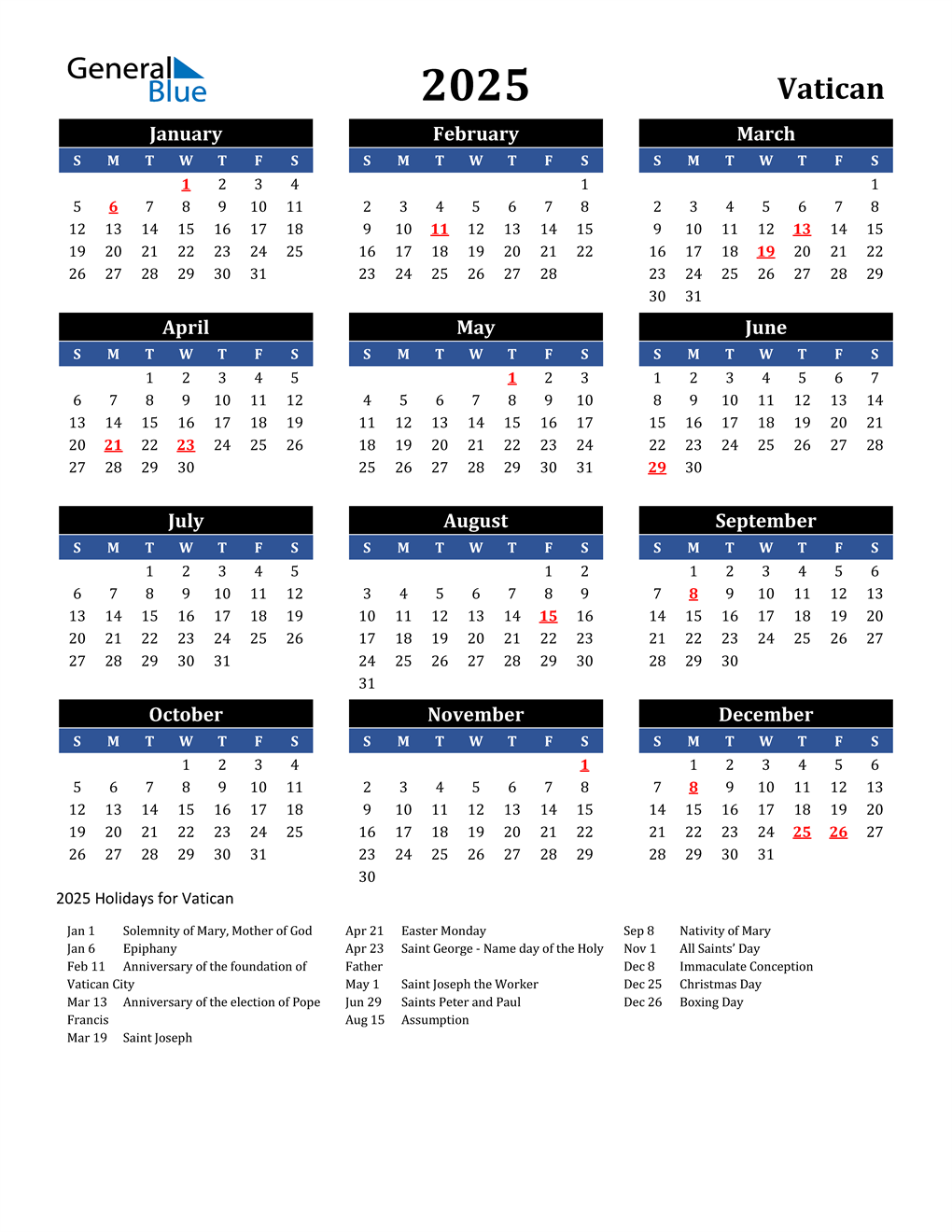
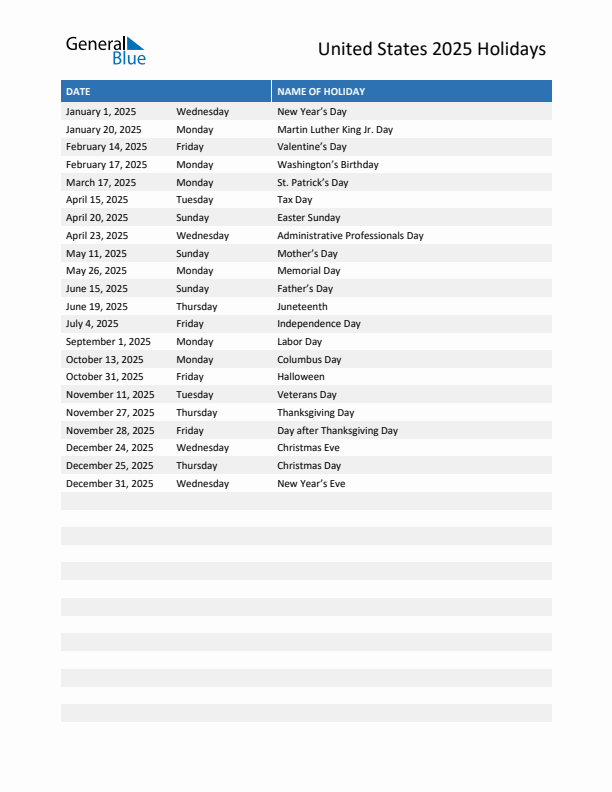
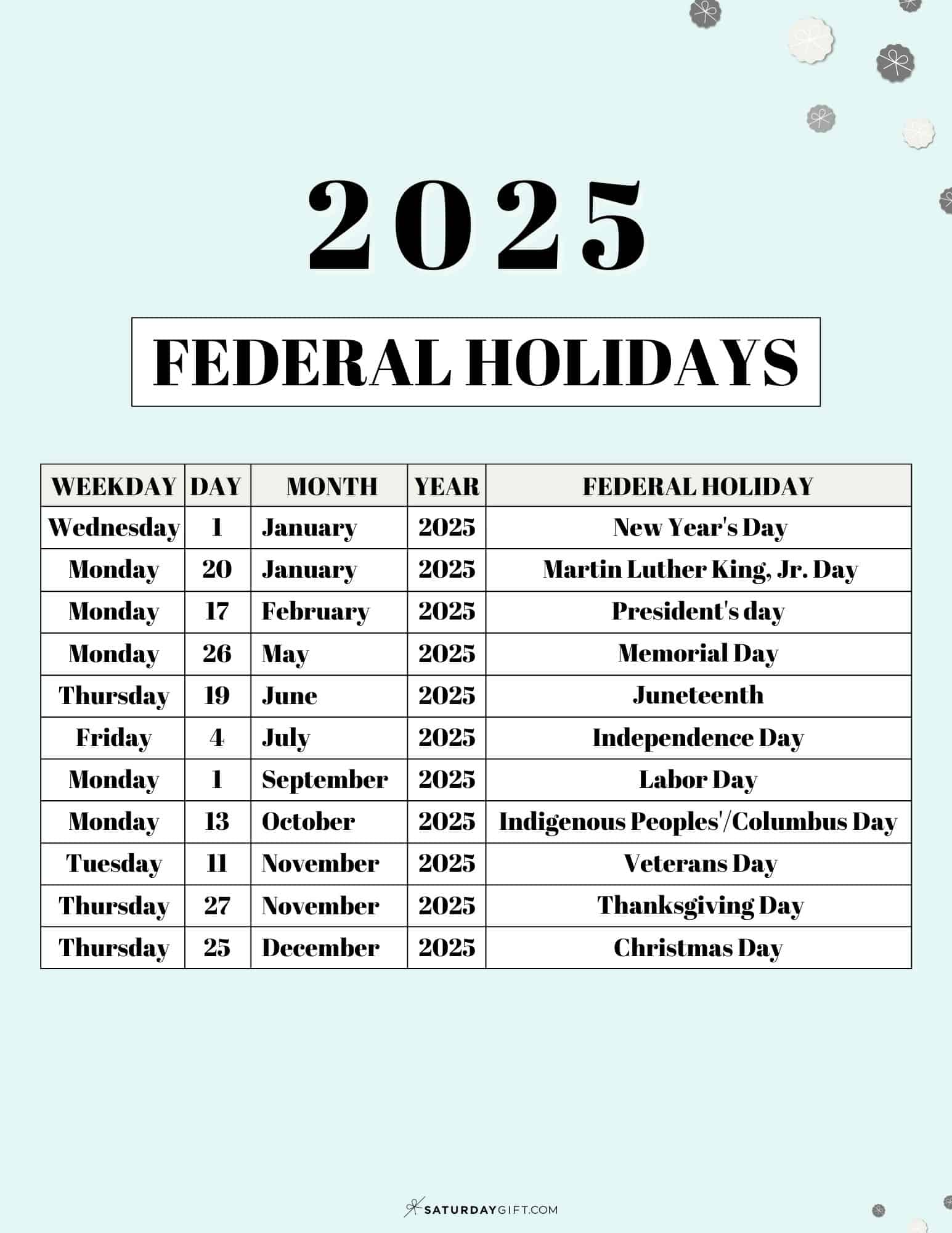

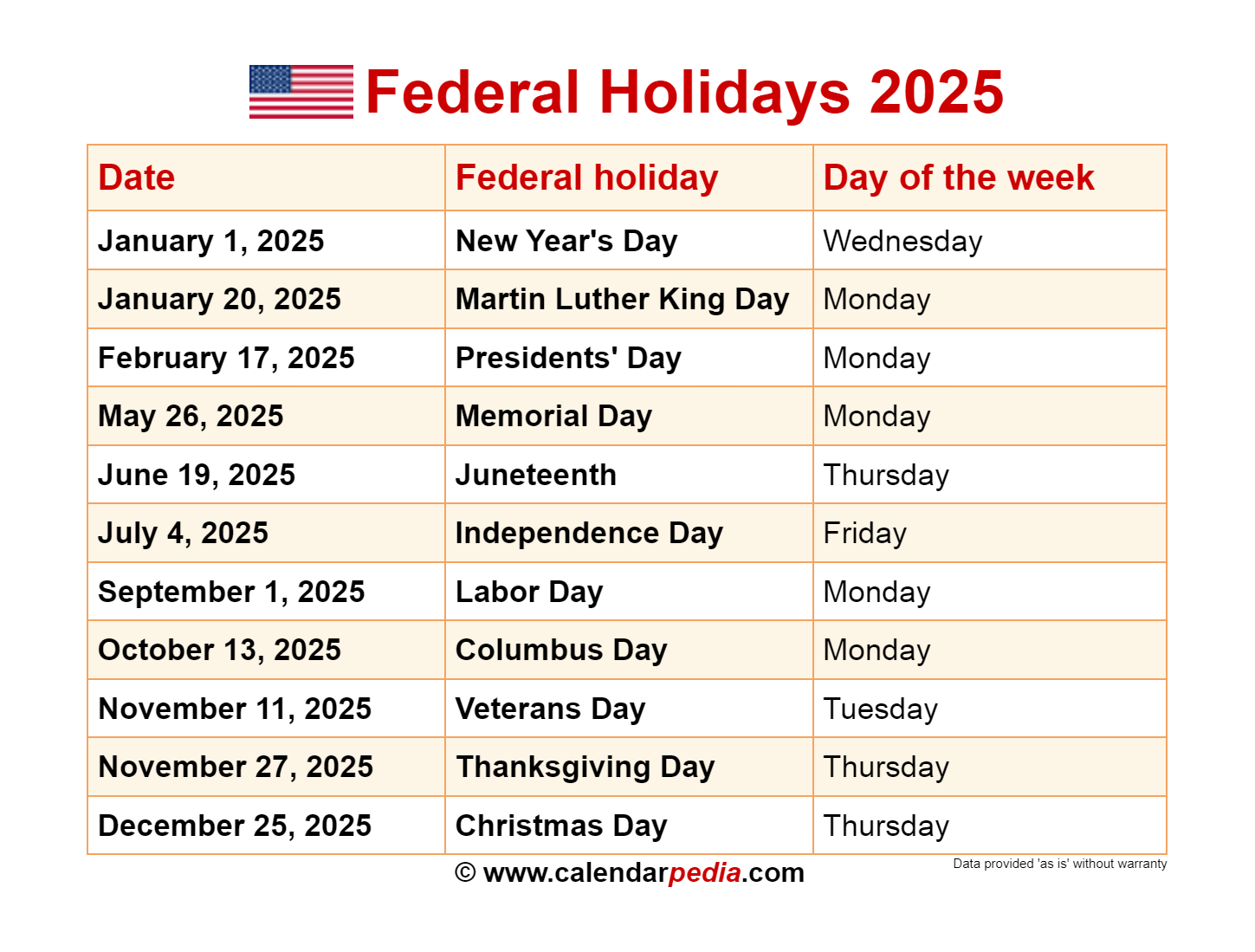
Closure
Thus, we hope this article has provided valuable insights into Navigating National Holidays in 2025: A Guide for RTA Professionals. We appreciate your attention to our article. See you in our next article!
You may also like
Recent Posts
- National Holidays In Poland: 2025
- Navigating The March 2025 School Holidays In South Africa: A Comprehensive Guide
- Exploring The World In 2025: A Glimpse Into The Future Of Travel
- The Significance And Celebration Of New Year’s Day
- Navigating The Year: A Guide To National Holidays In 2025
- A Comprehensive Guide To March 2025 Holidays In Telangana
- An Exploration Of The African Safari Experience: November 2025
- Navigating March 2025 Holidays In Canada: A Comprehensive Guide
Leave a Reply